Empirical nitriding

Today its operating mechanism is known and scientifically clear, nitriding of steels is commonly used to obtain their surface hardening.
The procedure consists in bringing the steel to approximately 520 – 540 °C (the treatment time is therefore long) to introduce atomic nitrogen, obtained from the thermal dissociation of ammonia (or from diffusion in salt baths), which is absorbed from the surface ferrite of the metal and forms very hard nitrides. The thickness of the hardened layer is in the order of one/two tenths of a millimetre.
The major advantages that arise from this are:
- surface hardness and wear resistance;
- tempering stability and therefore hardness at hot temperatures;
- resistance to fatigue and notches;
- corrosion resistance;
- dimensional stability.
Nitriding is not used for the production of table, kitchen and pocket knife blades, both due to the high cost of the process and, above all, due to the inevitable loss of the surface hardening effect during the first sharpening, which will remove much more than two tenths of the thickness hardened by nitriding.
Having said this, it is worth remembering that in times distant at least 100 years ago it was said that to have a good blade it was necessary to temper it by “cooling it in Bishop’s urine”.
Whether it is legend or reality, one cannot fail to observe that urine is rich in ammonia and therefore by heating it with a red-hot iron (during the cooling of the blade) it would have released atomic nitrogen which could have bonded with the ferrite of the metal with which it was the blade was made, as long as the piece remained immersed for a sufficiently long time to allow the process to take place.
But why the Bishop? It was certainly not his important ecclesiastical office that gave better quality to the Bishop’s urine but, certainly, his richer diet compared to that of ordinary people gave the result of his urination a high content of ammonia and salts.
The blades thus obtained could really have appeared, at least until the first sharpening, of greater quality and longer cutting life.


